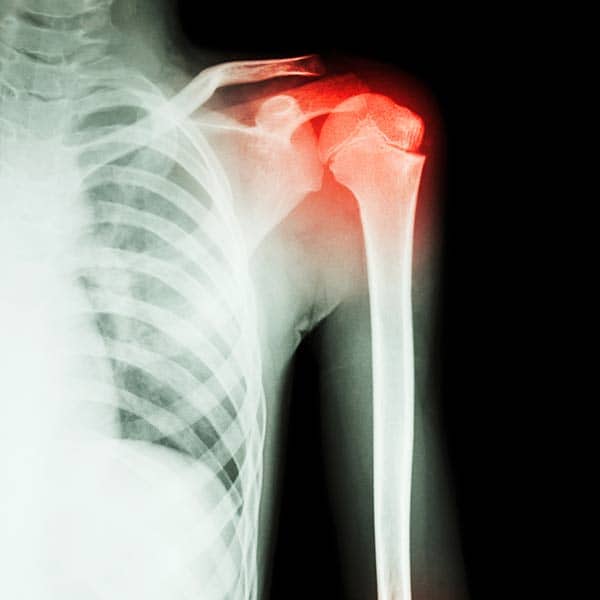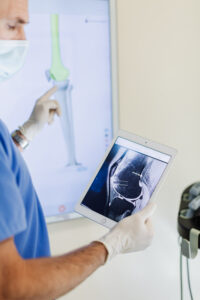CARTILAGE IS A FIRM, RUBBERY MATERIAL THAT COVERS THE SURFACE OF YOUR BONES WHERE THEY MEET TO FORM A JOINT.
When this tissue is healthy, it cushions your joint and allows it to move easily, with very little friction. However, when it’s damaged by an injury or osteoarthritis, you may experience pain, stiffness and a loss of function.
UNDERSTANDING OSTEOARTHRITIS AND CARTILAGE LESIONS
The most common form of arthritis, osteoarthritis is a degenerative disease characterized by the gradual wearing down of your cartilage over time. Although it can affect any joint in the body, it’s most likely to impact the joints in your spine, hips, knees and hands.
A cartilage lesion is an injury that involves damage to the cartilage surrounding the knee joint. These lesions may be degenerative and caused by “wear and tear,” or they may be traumatic and caused by a sudden injury. When the lesions develop, they may not result in any symptoms initially. However, as the damage progresses, they can lead to a number of problems, including inflammation, decreased mobility, pain and a loss of joint function.
DIAGNOSIS
If our physiatrists suspect a cartilage problem is causing your symptoms, we will perform a full physical examination in order to obtain a diagnosis. We will begin by collecting detailed information about your symptoms, including their duration, severity and what activities seem to worsen them. From there, we will move the affected limb to test its mobility and evaluate the area for tenderness.
Frequently, we will order a state of the art 3T MRI to access cartilage and bone baseline status and to monitor following treatment and activity.

TREATING BONE AND CARTILAGE
Cartilage lacks blood flow limiting its ability to repair itself. Overtime the cartilage lesions may spread causing inflammatory proteins to circulate inside the joint and weaken the surrounding bone. This may result in progressive loss of range of motion, stability and function.
Many patients are in the “grey zone” where their joint is not advanced or bad enough for a replacement surgery, but physical therapy alone is not strong enough. Some patients are not ideal candidates perhaps too young or have co-morbidities like obesity or diabetes for joint replacement or simply wish to avoid implant surgery. Oftentimes our goal is to naturally improve function and pain by reducing inflammation with a variety of injection options.
Disclaimer: Our healthcare practitioners use products and perform therapies cleared for general use by the United States Food and Drug Administration, but specific indications for treatment have not be evaluated and reviewed by the FDA. You are encouraged to consult with your primary care physician prior to undergoing a cell therapy.




